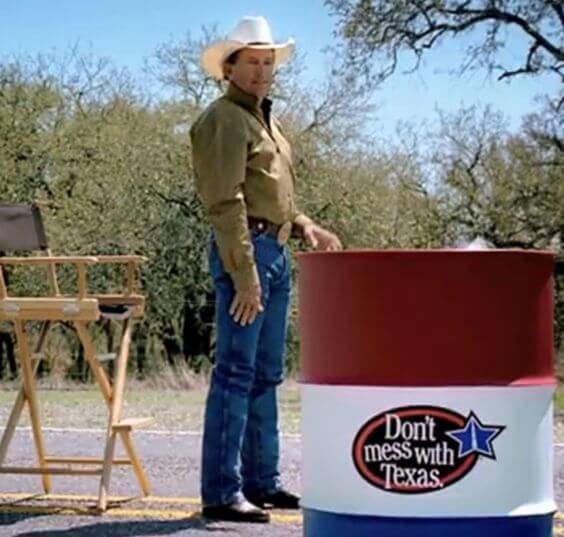George Strait’s ‘Check Yes or No’ arrives like a small, harmless question that quietly changed the shape of modern country music. The tune — equal parts innocence and yearning — made listeners remember the hush of waiting for a handwritten note and the simple power of a single answer.
The song’s scene is disarmingly ordinary: two young people flirting across a classroom or a lunch counter, a scrap of paper passed under a desk, a trembling hope for one of two words. Yet that ordinary moment became extraordinary in the hands of songwriters Danny Wells and Dana Hunt Black and in the voice of Strait. With a gentle, toe-tapping rhythm, the record moved beyond novelty to something universal: the ache of not knowing and the joy of an answered heart.
The writing is clean and direct. No grand metaphors, no heavy drama — just the plain mechanics of courtship as they once unfolded: notes, folded answers, and a yes or no that mattered more than any headline. In a music world that often chases big production and bigger themes, ‘Check Yes or No’ was a reminder that simplicity could win both awards and hearts. It went on to earn industry accolades and lodged itself in jukeboxes, radios and memory.
The men and women who wrote and recorded the song say the aim was honesty, not gimmick.
“We wanted to write something that felt like a real moment — a small, nervous thing that could still mean everything.” — Danny Wells, songwriter
Strait’s delivery is the other half of the spell. His voice is warm and matter-of-fact; it’s the voice of a neighbor telling a story over coffee. He makes the listener feel the boy’s hopeful impatience without ever sounding false. The music is upbeat, a gentle country shuffle that invites feet to tap while the heart keeps time with the lyrics.
“It was the kind of simple story that let the melody do the heavy lifting. We wanted people to remember the feeling, not just the words.” — Dana Hunt Black, co-writer
For older listeners, the song is a time machine. It revives a courtship era when the first step was often written rather than spoken. That history matters to a generation that still treasures letters and tangible keepsakes. For younger fans discovering it later, the song reads as a folk lesson in patience and hope.
Numbers and honors followed. The single reached wide airplay and became a cultural touchstone in country circles. Radio programmers called it reliably crowd-pleasing; concertgoers sang back the choruses as if remembering their own first yes. Beyond charts, the track became a wedding staple and a sentimental favorite for those who prefer a quieter, gentler story to the flashier hits of later years.
Behind the success lay careful craft. The melody hooks quickly and keeps its shape. The arrangement keeps space for Strait’s voice, letting vowels linger when they need to and cutting quick when the song asks for urgency. That restraint is part of why the song still works on senior-friendly radio formats: it’s easy to follow, comforting and emotionally clear.
Yet the song’s real power is less about production than about human detail. A folded note, an answered question, the relief of a yes — these are small things that resonate loudly in lives that have watched decades unfold. The tune presses on nerves that understand how much one simple decision can change a future, and that is why listeners keep returning to it.
Across living rooms, dance halls and long drives, ‘Check Yes or No’ keeps nudging at a memory of how love once began — not with a swipe, not with a text, but with paper, pen and the courage to ask.
